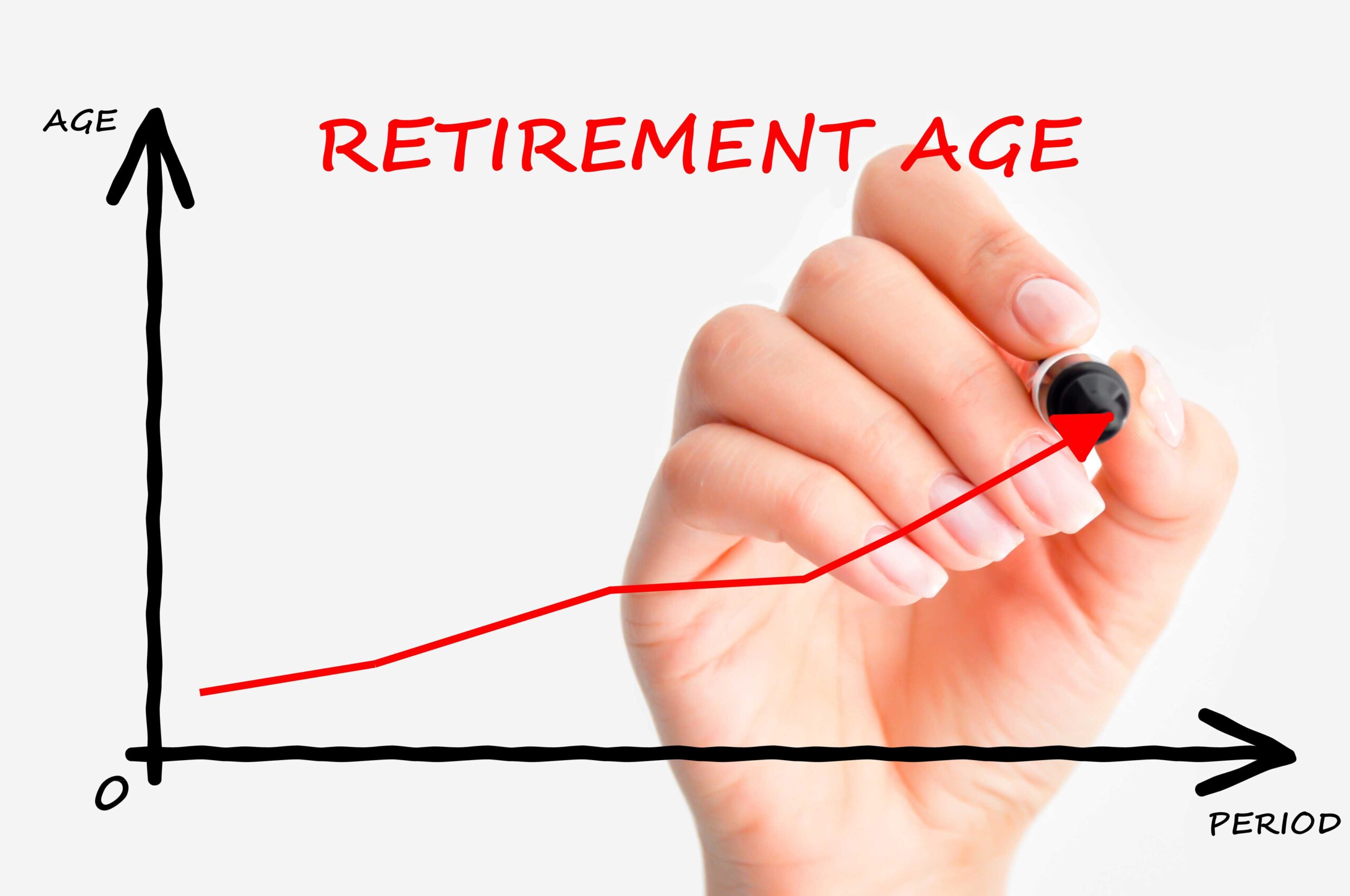
Recent research on planned retirement ages has produced some unexpected and perhaps unrealistic results.
The next increase in State Pension Age (SPA) to 67 will start to take effect in about two years’ time. Under current legislation the move to a SPA of 68 begins in April 2044, but that timing could change. Seven years ago, a report commissioned by the Department for Work and Pensions (DWP) suggested that phasing in for SPA 68 should start from 2037. However, the government decided it would wait until after the then imminent general election before initiating another review and making a final decision.
That fresh review was published in 2023 and suggested a start date of April 2041 for SPA 68. In a fine piece of déjà vu, the government responded with the announcement of a further review, to occur “within two years of the beginning of the next Parliament”, which falls after this year’s expected general election.
While the politicians procrastinate over the options acceptable to the electorate, public attitudes to retirement ages are changing. A recent survey revealed that almost half of Britons under 66 who had not already retired were expecting to continue working beyond the age at which they would start to receive the State pension. The average age at which many said they would finally be able to ‘clock off’ was 72.
Over a third of those planning on post-SPA employment said their reason to continue working was that they did not think their pension would cover their day-to-day expenses. In this same group, just over half were aged 55 and above. All is not financial gloom, however. Close to a quarter of people said they would continue to work because they enjoyed the routine, a fifth because they liked their job, and almost as many gave the reason that they had not prepared for retirement.
If you find yourself falling in with the half of the population considering post-SPA employment, you may be too optimistic about your willingness – and, importantly, fitness – to work beyond pension age. The latest Office for National Statistics survey shows that 11.5% of those aged 65 and above are in work. That will include a proportion of people planning to retire when they reach the current SPA of 66.
There is a sound argument that says it is wiser to plan for retirement than continued employment. The former may be the only option if, for whatever reason, the latter is not.





